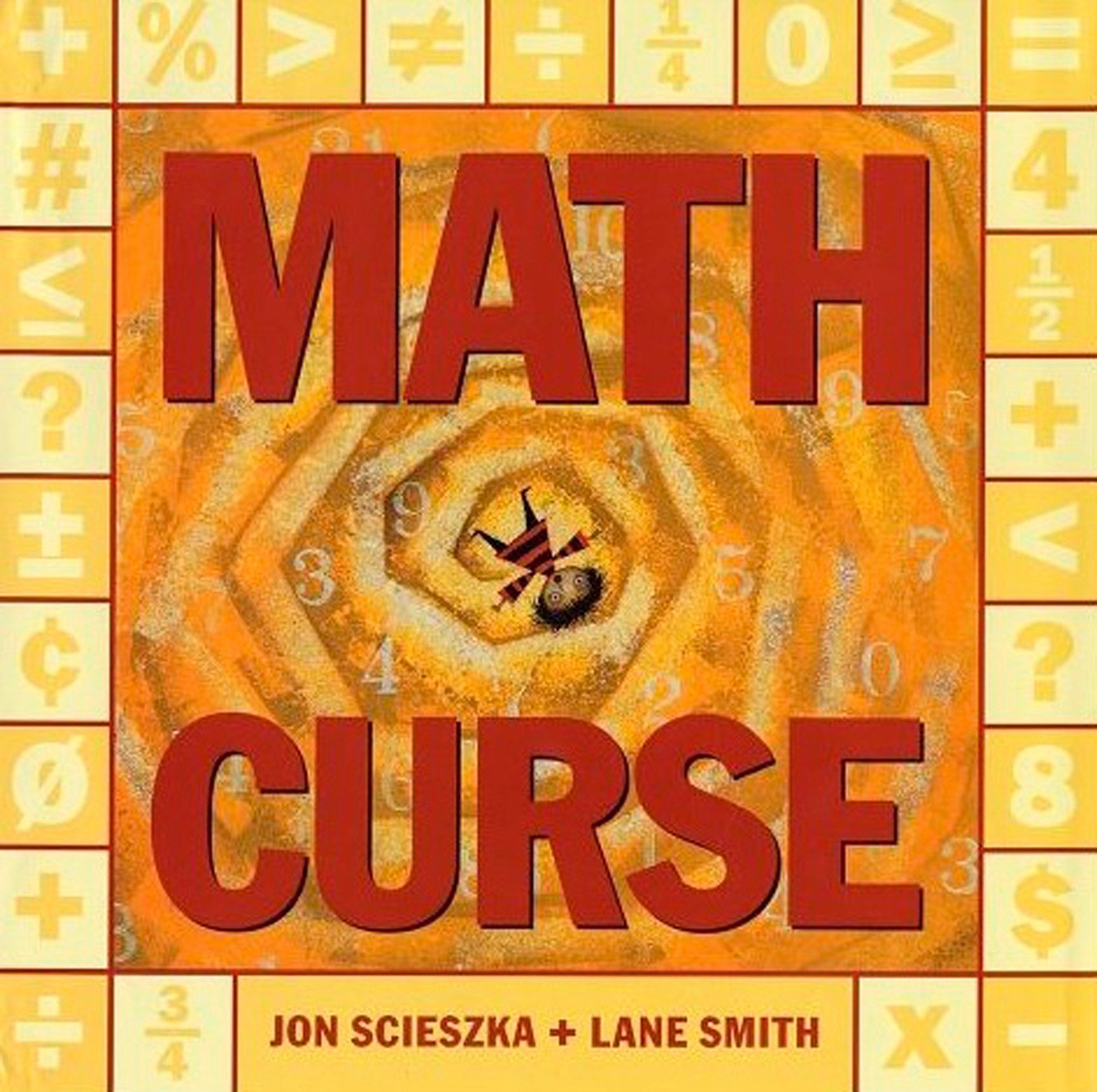One of the top questions parents ask about Montessori is: How do teachers deal with children avoiding work they don’t want to do? This is a really important concern, and becomes increasingly so as children get older. Most families know Montessori centers on student choice, and it can be hard to envision that value working in conjunction with accountability. The good news is it’s something we take very seriously. In fact, our entire approach is based on the idea that we must teach children to develop strong work habits and encourage them to be driven by internal motivation rather than reacting to external factors. This takes time, but Montessori guides are there to support children as they navigate the journey.
Give Them Choice
Having choice is actually a powerful tool in combating avoidance. When children (or people of any age) have freedom to make their own decisions, it’s empowering. Knowing that others trust in us to do the right thing is often all it takes to do the right thing. No one likes to feel micromanaged. We allow our students to choose the order of their work; some like to start the day off reading, while others prefer math. We also let children have autonomy in other ways. They get to decide when they need to use the toilet, have a snack, and move their bodies. There are, of course, procedures to follow in order to keep everyone safe, but we don’t believe kids should have to ask permission to address their basic needs, nor should they have to do so on a schedule that is convenient for adults.
The big picture: comfortable children that feel respected and trusted are much more likely to work hard and meet expectations.
Quietly Observe
If there is one statement that can help us reframe our perspectives with empathy it’s this: Each child is the way they are for a reason. There is a reason a child is avoiding something. As adults, it’s our task to discover what that reason is, and find gentle ways to address it. Montessori teaches us to think like scientists and use observation as a way to learn and make more informed decisions. Some questions we make ask ourselves as we observe a child who is struggling:
Is the work too challenging?
Is the work too easy/is the child bored?
Is the child experiencing emotional upheaval in their life?
Are the child’s basic needs being met?
Is the physical classroom environment supportive of the child’s work?
When Montessori teachers are trained, they learn to first look to the environment, then examine themselves and their own actions. Only after considering the first two possibilities do they look to the child themselves as a potential source of the issue.
Appeal to Their Interests
Sometimes all children need is a ‘hook’. Although Montessori materials in the classroom are meant to be used in a very specific way, and deviation distracts from authenticity and effectiveness, there is some room for flexibility. This can be very helpful in modifying work so that it will best meet an individual child’s needs. A guide may consider a child’s favorite color when setting out pouring or scooping materials, favorite animals when presenting zoology lessons, or other interests when gathering reading materials. The key is to consider what a child is avoiding, then find a way to make it more enticing.
Hold Them Accountable
While Montessori doesn’t utilize punitive measures, that doesn’t mean we don’t hold children accountable. If we expect children to do certain things, it’s our job to make sure they follow through. The following are critical in making this happen:
Clearly explain the expectations.
Provide an environment and time that allows for expectations to be met.
Observe children to ensure they meet expectations.
Guide when necessary. This may include redirection, suggestions, or working together to create a plan.
As children get older and academics become more of a focus, getting work done becomes much more important. Beginning in the kindergarten year or lower elementary, Montessori guides typically begin to utilize work plans. These can take on a variety of forms, but they are generally a visual schedule, created in collaboration between the guide and the child, of what must be done. Students can typically choose the order in which tasks are completed, but adults check in to make sure there is follow through. In the event the child is not meeting the expectations, a guide will typically meet with the child to discuss new strategies. They may help the child develop time management strategies, give suggestions as to seating, or provide tips for effective work habits. The child leaves the meeting with concrete strategies to try, and the adult and child reconnect at some point to evaluate progress.
It helps to remember that learning to work is part of the child’s work. Rather than forcing children to do what we want when we want them to, we take a more long-term approach. Our goal is not just to share information, but to help children become joyful learners. We want them to walk away from Montessori being able to feel confident in their abilities and ready to take on challenges. We all want to avoid certain tasks from time to time. Our job is to teach children how to manage their time well and accomplish whatever it is they need to get done.
Perhaps unsurprisingly, this work can be carried over into the home as well. The more parents learn about Montessori, the more the concepts become part of parenting and the life of the child. We hope you will reach out to us if you have any questions or would like to discuss this topic further.
























